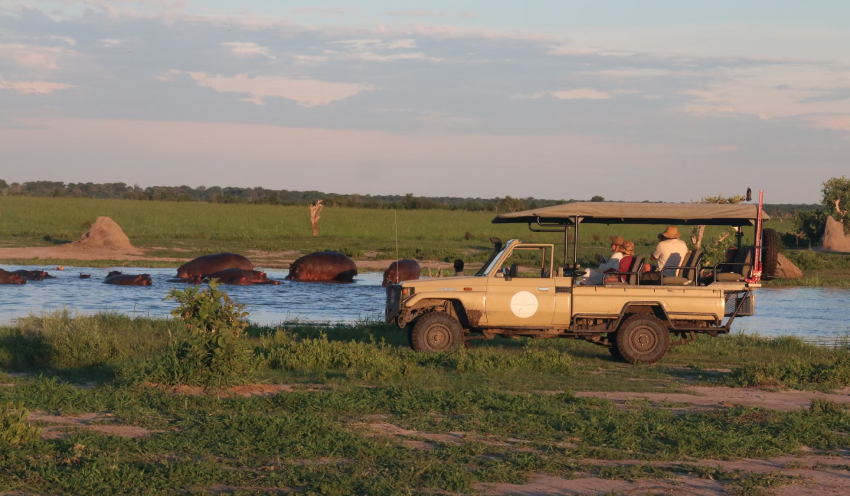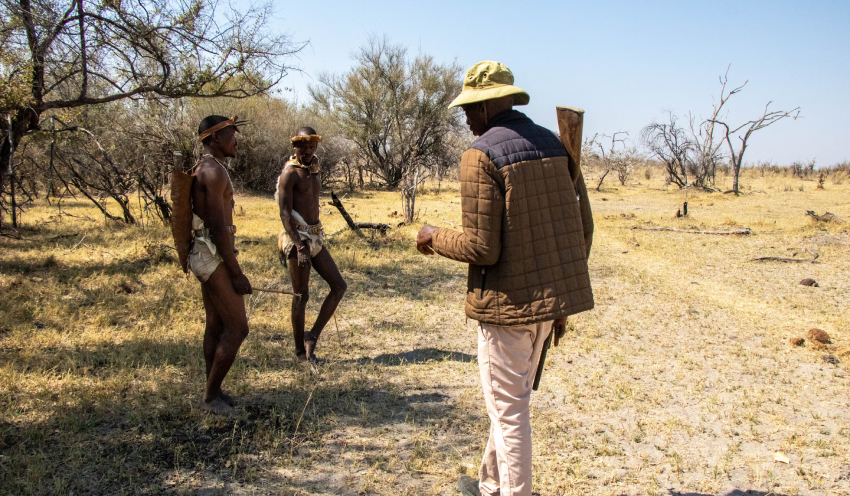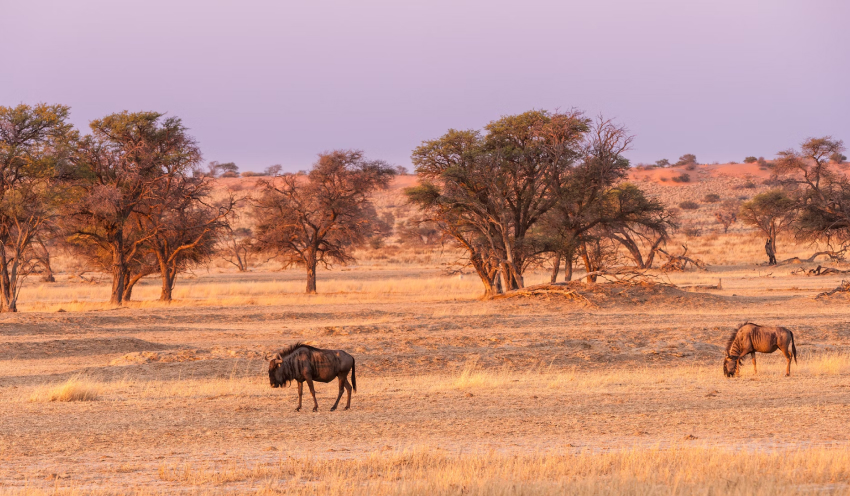Fun-Filled Adventures In Orlando For Adults
BY Sibashree Jan 30, 2025
Orlando tourism just had a steady year in 2024. It’s great considering the overall tourism scenario of other destinations in the USA. While the dip in domestic tourism was a concern last year, the footfall of international tourists more than made up for this. "We did see a little bit of dip domestically, but overall, our international growth was really strong."Casandra Matej, CEO, Visit Orlando Orlando tourism thrives because it is a destination for all. The theme parks here are ideal for kids and family vacations. On the other hand, the vibrant nightlife and outdoor adventures in Orlando make it ideal for couples and adults looking for some serious adrenaline rush. In this Tour and Travel guide, we will give you a brief overview of the adventures in Orlando for adults. Top Adventures In Orlando For Adults | Plan Your Itinerary Right As adulting hits you hard, Orlando can be the next destination for your vacation. It is well-connected to the rest of the world with the Orlando International Airport. Further, the best time to visit Orlando for adults is between March and May and December and February. Remember, Orlando is in Florida, one of the warmest states in the USA, So, in the peak summer months (June to August), the highest temperature can shoot up to 90 degrees F. However, the temperature feels warmer with the high humidity levels in the air. Dine And Dance The Night Away At Taverna Opa Orlando Prepare yourself for a fun cultural experience at Taverna Opa Orlando. This lively Greek restaurant fills the air with live music and shows of captivating belly dancing. Enjoy tasty Greek food like moussaka, souvlaki, and fresh seafood as you take in the lively atmosphere. The lively music adds a special energy that makes you want to dance all night. Taverna Opa is a great choice for a special celebration or just a fun dinner and show. The vibrant energy and genuine vibe promise a memorable night of food, dance, and entertainment. The best delicacies you can have at Taverna Opa Orlando are seafood, Tzatziki, Hummus, and Greek Yogurt. Further, it’s a sin not to try the lamb chops here. Experience The Magic At Universal Studios When in Orlando, you can be an adult and not choose to grow up. So, a visit to the Universal Studio is one of the fun-filled adventures in Orlando. You can get a park-to-park day pass to visit both Universal Studios Florida and Universal’s Islands of Adventure. Enjoy fun rides based on famous movies like Harry Potter, Jurassic Park, and Transformers. After the rides, you can have a delicious meal at one of the many themed restaurants. You can also relax at a fun bar while enjoying creative cocktails. Here are some cool restaurants at Universal Studios. The Fountain Of Fair Fortune Want to taste the best butterbeer? The Fountain Of Fair Fortune is the place you need to visit in Orlando. The wooden bar and mirrored walls of the place exude the quintessential vibe of a British pub. Mel’s Drive-In Mel’s Drive-In is close to the Hollywood Walk of Fame in the park’s Beverly Hills section. This retro-themed restaurant will take you back to the 1950s. The grilled chicken sandwich is a favorite here. However, you will love the ice cream and milkshakes. Three Broomsticks As you can guess from its name, Three Broomsticks is inspired by Harry Potter movies. Further, located on the Islands of Adventure, it serves the best rotisserie smoked chicken and smoked turkey legs. Moreover, this restaurant has a separate menu for kids. Voodoo Doughnut Do you have this thing for everything spooky? Voodoo Doughnut, with its eerie interior, will be your go-to place. Further, the donuts at this shop are large and scrumptious. Also, you will get a lot of variations in the donuts served here. 3. Explore The Wonders Of Kennedy Space Center Explore the exciting world of space travel at the Kennedy Space Center Visitor Complex. It is located a short drive from Orlando on Central Florida’s beautiful Space Coast. As you stroll through the complex, you will see amazing exhibits that show both the history and future of space travel. You can get close to real rockets, space shuttles, and items from past missions. This will spark your curiosity and imagination. You might also want to book a behind-the-scenes tour. This tour will give you a chance to feel like an astronaut or engineer. 4. Discover The Nightlife At International Drive When the sun goes down, International Drive (or I-Drive, as people like to call it) turns into a lively spot for nightlife and fun. This busy stretch is full of chances to enjoy yourself. There are lively nightclubs and more relaxed bars and venues. Here are some fun spots to check out on I-Drive at night: Mango's Tropical Cafe: This lively place offers dinner, dancing, and live entertainment for a fun experience. Howl at the Moon: Enjoy yourself by singing along at this fun dueling piano bar. Everyone can join in the fun! International Drive Bars: Discover the many different bars on I-Drive. Each one has its own vibe, drink offers, and entertainment. Whether you want to dance, listen to live music, or hop from bar to bar, International Drive has many unforgettable experiences waiting for you. 6. Take A Hot Air Balloon Ride For Breathtaking Views Elevate your time in Orlando with a stunning hot air balloon ride above the beautiful sites of Central Florida. As the sun shines on the horizon, you will rise gently to great heights. A feeling of peace will wash over you. You will drift over rolling hills, shining lakes, and green trees, enjoying views that go on forever. This calm experience, mixed with the amazing scenery, creates a memory you will cherish long after you are back on the ground. 7. Indulge In A Luxury Spa Day After Adventures In Orlando Sometimes, the best adventures are about taking it easy and resting. Orlando has many fancy spas that offer a variety of treatments to refresh your body and mind. Give yourself a day of pure joy with a massage, facial, or body wrap. Many luxury resorts have great spa spaces. Here, you can relax in calm surroundings with excellent services. You can make your relaxation even better with features like saunas, steam rooms, and quiet lounges. A spa day is perfect for relaxing after a busy day of sightseeing in Orlando. 9. Enjoy Craft Brews On A Local Brewery Tour | Unique Adventures In Orlando Orlando has a growing craft brewery scene. It offers a wide range of local beers that everyone can enjoy. You can go on a brewery tour to taste the best craft beers in the city and find some hidden gems. Many local breweries have tours and tastings. You can learn how they make their beers and try their special brews. You will find many options, from hoppy IPAs to smooth stouts and refreshing sours. A brewery tour is a fun way to spend time with friends. It’s a chance to enjoy tasty beers and support local businesses. 10. Escape to the Natural Beauty of Wekiwa Springs Escape the busy city and enjoy the peaceful beauty of Wekiwa Springs State Park. It is a natural oasis, just a short drive from Orlando. Here, you can find cool natural springs that offer a nice break from the Florida heat. You can rent a kayak or canoe to explore the twisting waters throughout the whole park. Glide through calm waters that are shaded by tall cypress trees. You can also hike or bike along the green trails. This allows you to take in the park's calm atmosphere and enjoy the beauty of nature. Wekiwa Springs State Park has a great mix of adventure and relaxation, making it perfect for a day trip. Read Also: Top 9+ Things To Do In Banff National Park In Winter: Adventure Tourism Guide Hiking And Camping In Zion National Park Utah| An Adventure Travel Guide















